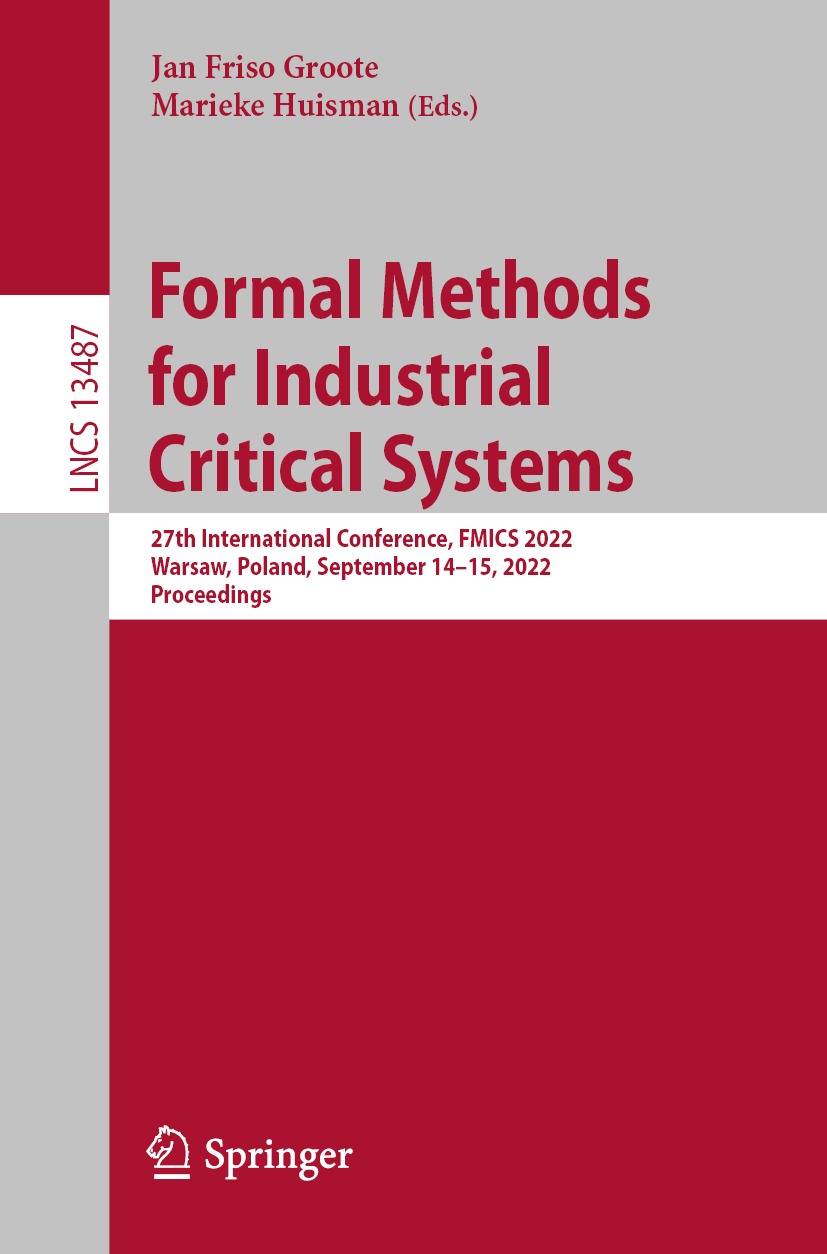Intel Optane Memory Supported Intel Optane memory is a revolutionary new class of non-volatile memory that sits in between system memory and storage to accelerate system performance and responsiveness. When combined with the Intel Rapid Storage Technology Driver it seamlessly manages multiple tiers of storage while presenting one virtual drive to the OS ensuring that data frequently used resides on the fastest tier of storage. Intel Optane memory requires specific hardware and software configuration. Intel Turbo Boost Technology Intel Turbo Boost Technology dynamically increases the processor’s frequency as needed by taking advantage of thermal and power headroom to give you a burst of speed when you need it and increased energy efficiency when you dont. Intel vPro Platform Eligibility Intel vPro Technology is a set of security and manageability capabilities built into the processor aimed at addressing four critical areas of IT security: 1) Threat management including protection from rootkits viruses and malware 2) Identity and web site access point protection 3) Confidential personal and business data protection 4) Remote and local monitoring remediation and repair of PCs and workstations. Intel Hyper-Threading Technology Intel Hyper-Threading Technology (Intel HT Technology) delivers two processing threads per physical core. Highly threaded applications can get more work done in parallel completing tasks sooner. Intel Virtualization Technology (VT-x) Intel Virtualization Technology (VT-x) allows one hardware platform to function as multiple virtual platforms. It offers improved manageability by limiting downtime and maintaining productivity by isolating computing activities into separate partitions. Intel Virtualization Technology for Directed I/O (VT-d) Intel Virtualization Technology for Directed I/O (VT-d) continues from the existing support for IA-32 (VT-x) and Itanium processor (VT-i) virtualization adding new support for I/O-device virtualization. Intel VT-d can help end users improve security and reliability of the systems and also improve performance of I/O devices in virtualized environments. Intel VT-x with Extended Page Tables (EPT) Intel VT-x with Extended Page Tables (EPT) also known as Second Level Address Translation (SLAT) provides acceleration for memory intensive virtualized applications. Extended Page Tables in Intel Virtualization Technology platforms reduces the memory and power overhead costs and increases battery life through hardware optimization of page table management. Intel 64 Intel 64 architecture delivers 64-bit computing on server workstation desktop and mobile platforms when combined with supporting software. Intel 64 architecture improves performance by allowing systems to address more than 4 GB of both virtual and physical memory. Instruction Set An instruction set refers to the basic set of commands and instructions that a microprocessor understands and can carry out. The value shown represents which Intels instruction set this processor is compatible with. Instruction Set Extensions Instruction Set Extensions are additional instructions which can increase performance when the same operations are performed on multiple data objects. These can include SSE (Streaming SIMD Extensions) and AVX (Advanced Vector Extensions). Idle States Idle States (C-states) are used to save power when the processor is idle. C0 is the operational state meaning that the CPU is doing useful work. C1 is the first idle state C2 the second and so on where more power saving actions are taken for numerically higher C-states. Enhanced Intel SpeedStep Technology Enhanced Intel SpeedStep Technology is an advanced means of enabling high performance while meeting the power-conservation needs of mobile systems. Conventional Intel SpeedStep Technology switches both voltage and frequency in tandem between high and low levels in response to processor load. Enhanced Intel SpeedStep Technology builds upon that architecture using design strategies such as Separation between Voltage and Frequency Changes and Clock Partitioning and Recovery. Thermal Monitoring Technologies Thermal Monitoring Technologies protect the processor package and the system from thermal failure through several thermal management features. An on-die Digital Thermal Sensor (DTS) detects the core’s temperature and the thermal management features reduce package power consumption and thereby temperature when required in order to remain within normal operating limits. Intel Identity Protection Technology Intel Identity Protection Technology is a built-in security token technology that helps provide a simple tamper-resistant method for protecting access to your online customer and business data from threats and fraud. Intel IPT provides a hardware-based proof of a unique users PC to websites financial institutions and network services; providing verification that it is not malware attempting to login. Intel IPT can be a key component in two-factor authentication solutions to protect your information at websites and business log-ins. Intel Stable Image Platform Program (SIPP) Intel Stable Image Platform Program (Intel SIPP) can help your company identify and deploy standardized stable image PC platforms for at least 15 months. Intel Thermal Velocity Boost Intel Thermal Velocity Boost (Intel TVB) is a feature that opportunistically and automatically increases clock frequency above single-core and multi-core Intel Turbo Boost Technology frequencies based on how much the processor is operating below its maximum temperature and whether turbo power budget is available. The frequency gain and duration is dependent on the workload capabilities of the processor and the processor cooling solution.












